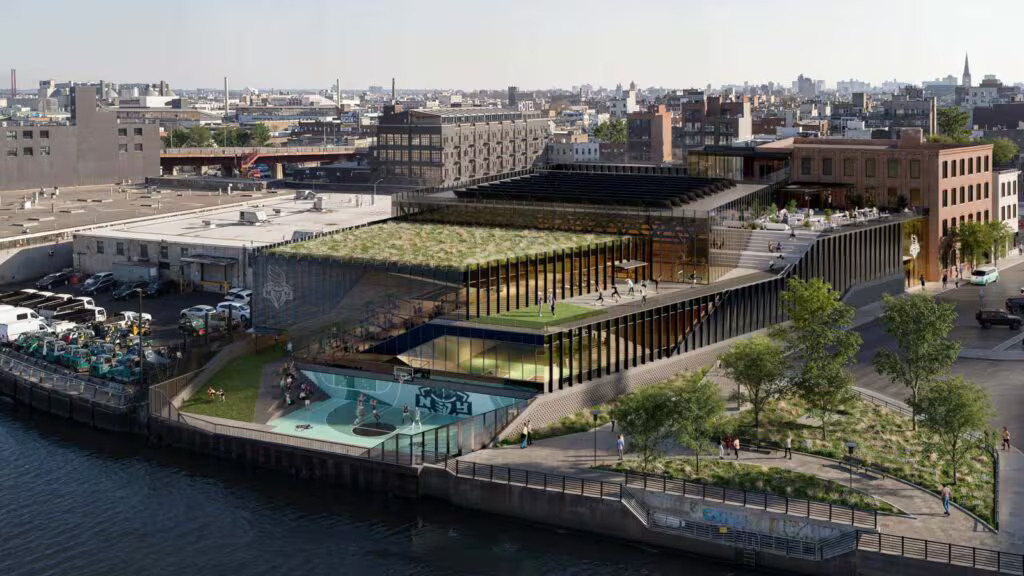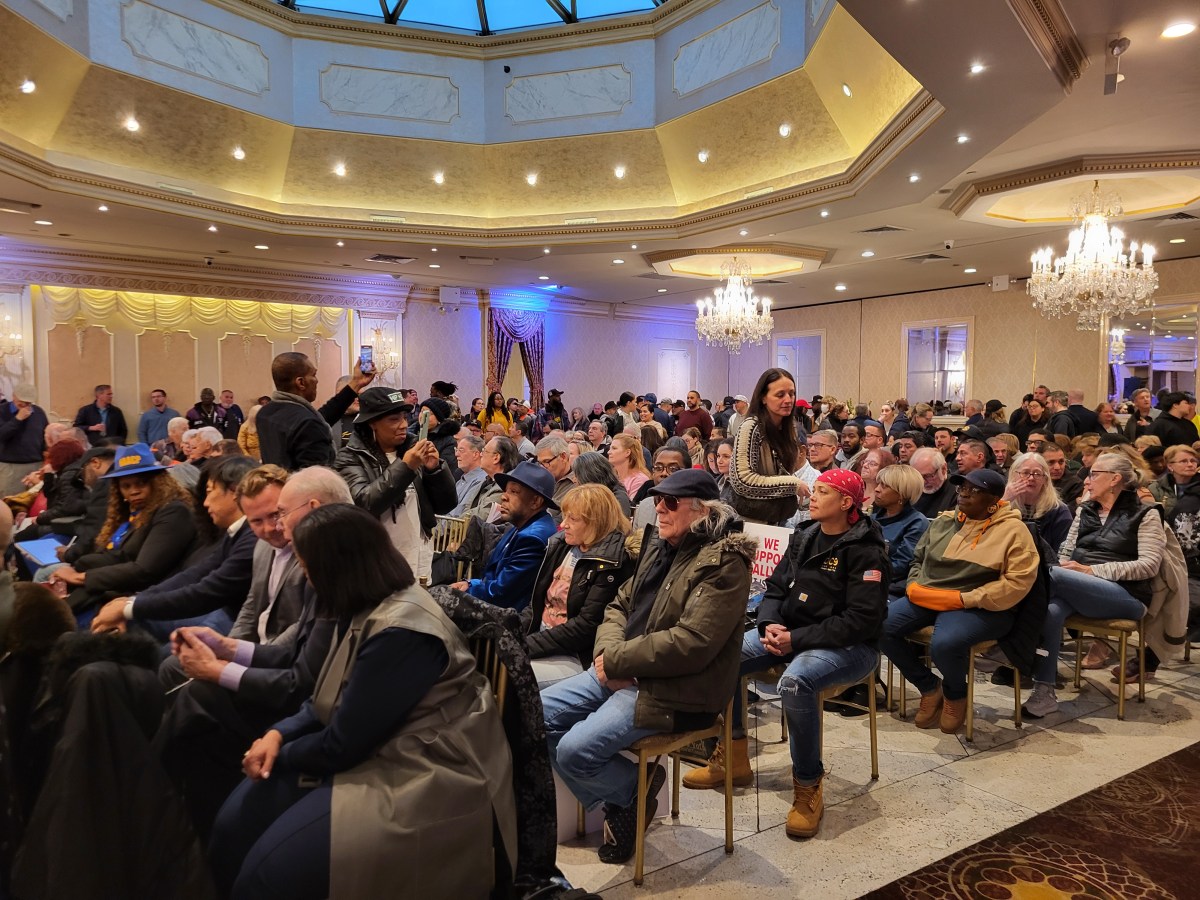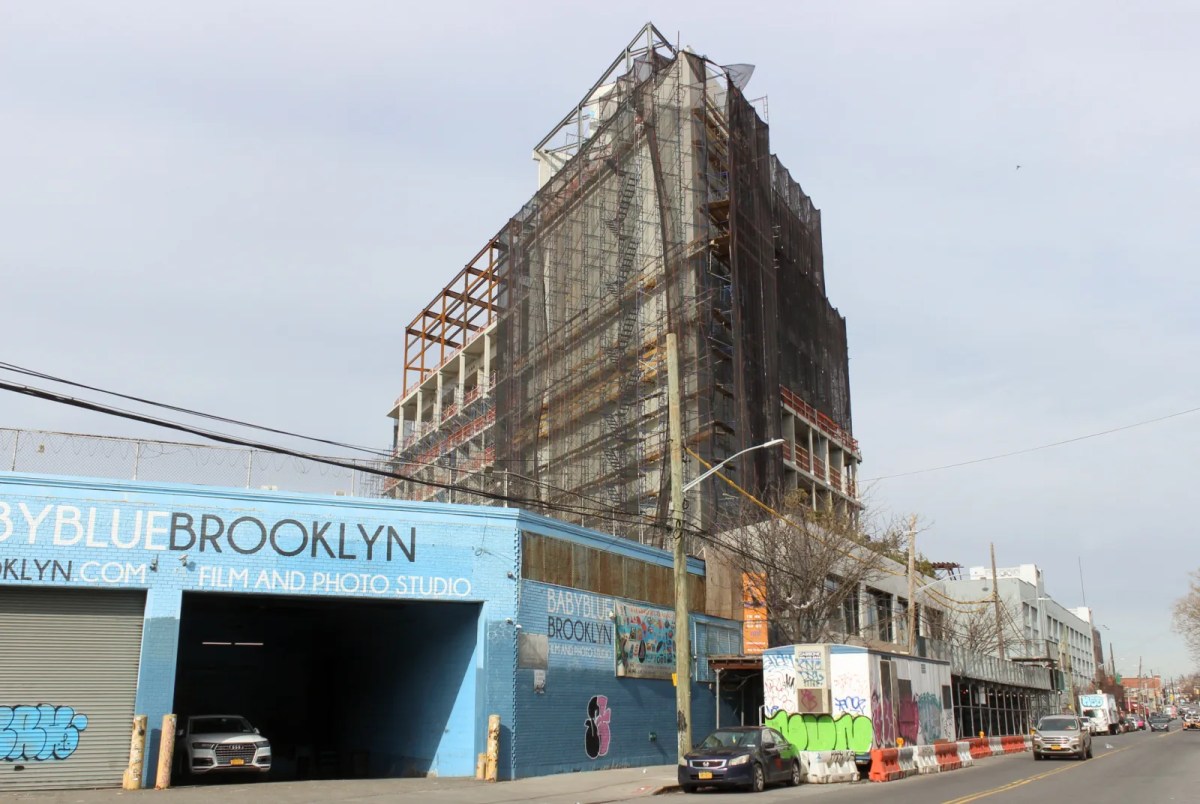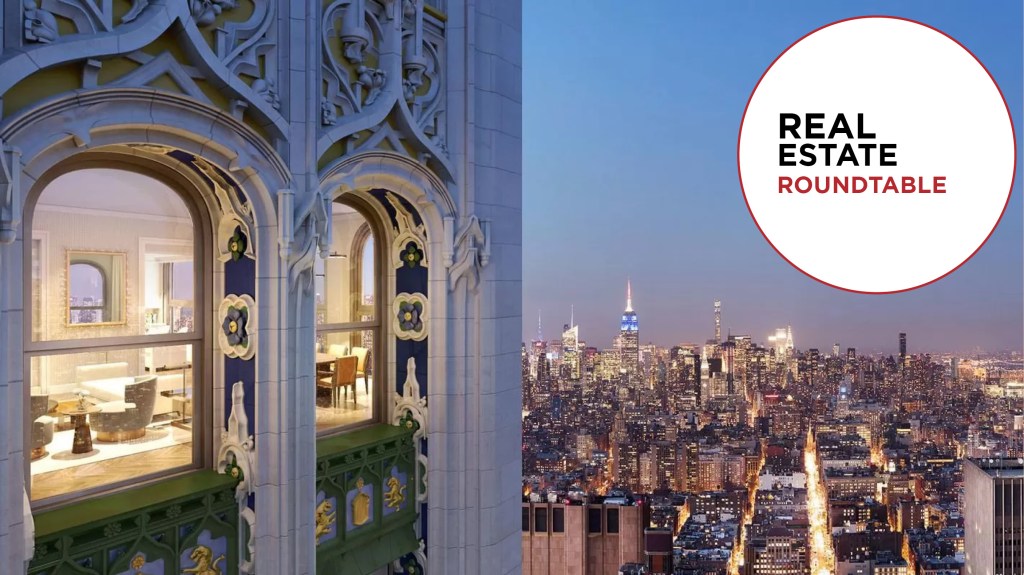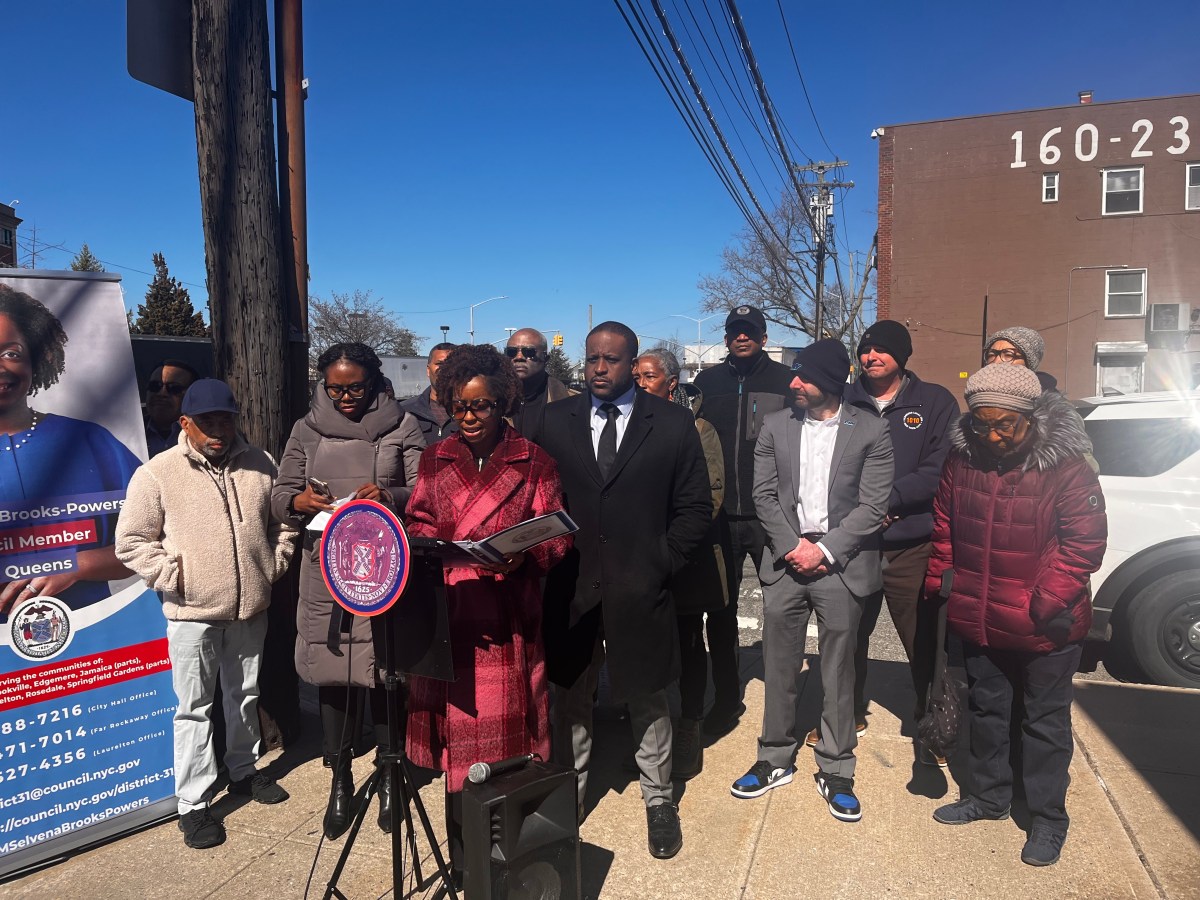
The view up Fifth Avenue from the Flatiron Building to the Empire State Building is one to be savored, according to historian Miriam Berman.
But as more turn of the century buildings fall victim to the wrecking ball, Berman and others worry that pieces of old New York are poised to be lost forever.
“My concern is this visual corridor is about to come to an end,” said Berman, standing on Fifth Avenue near 29th Street — the front line in the city’s latest war between preservationists and developers.
It roughly marks the spot where the Madison Square North Historic District ends, leaving swaths of lucrative midtown real estate unprotected.
The area boasts a number of pre-Civil War Italianate rowhouses as well as a turn of the century hotels built in the neo-Renaissance or Beaux-Arts style.
And the construction cranes are everywhere.
“There are three high-rise projects going in less than one block from my house,” said Joseph Smith, who has lived on West 29th Street for about 24 years. “It’s gone from parking lots and warehouses to a solid wall of high-rise hotels and apartment buildings.”
The 29th Street Neighborhood Association has renewed its push for the city to expand the current Madison Square North Historic District to 34th Street and preserve another 164 buildings it believes are worth saving in that area approximately between Broadway and Madison Avenue.
“This whole area was the heart of New York City at the end of the 19th century,” said George Calderaro, a board member of the association. “These building types represent the history of New York like no other.”
The city’s Landmarks Preservation Commission turned down requests from the group in both 2015 and 2016, saying the proposed area “lacks the architectural or historic cohesion required to merit historic district designation.”
The LPC has told the association 45 percent of the buildings in the proposed expansion had “no style” or a “high level of alterations.”
It also dismissed the group’s efforts to designate the Tin Pan Alley area along West 28th Street between Broadway and Sixth Avenue because it only operated as a musical publishing hub between 1893 and 1910. The eight intact buildings on that row do not “create a cohesive sense of place,” it has said.
Several business districts in the area as well as the Real Estate Board of New York have also spoken out against the proposal.
“Freezing development in such a transit-rich neighborhood is bad for the greater health of New York City,” former Real Estate Board of New York president Steve Spinola wrote in Real Estate Weekly in 2015. “The proposed area contains four subway stations and is only one block away from Penn Station, one of the busiest commuter hubs in America … The Madison Square North Historic District Extension is a spurious effort to control development and undermine zoning under the guise of historic preservation.”
REBNY declined to comment to amNewYork on Monday.
The 29th Street Neighborhood Association has not given up, trying to gather forces through elected officials and a new online petition.
They have made the Kaskel & Kaskel building on 32nd Street and Fifth Avenue a rallying point. The 1901 Beaux-Arts commercial building is set to be ripped down and replaced with a 40-story mixed-use building.
“This would be a tremendous loss for a neighborhood that has already seen the disappearance of too many of the buildings that give it its unique character,” City Councilman Daniel Garodnick wrote in a letter to LPC chair Meenakshi Srinivasan last month. “There may still be a chance to save this magnificent example of the ornate retail shop buildings that used to dominate this neighborhood.”
The agency said the building is currently under review.
The developer, Cottonwood Management LLC, declined to comment other than to say it had submitted public project filings to the city. It applied for a demolition permit from the city Buildings Department but has yet to receive approval.
Even preservationists agree not every building in the area deserves to be part of the historic district. While some structures boast ornate details, others have been renovated over time and lack any distinctive features.
Berman noted that among the nondescript structures, however, sit gems like the Holland House, a former grand built in 1890 on the corner of Fifth Avenue and 30th Street as well as the Demarest Building, a neo-Renaissance carriage showroom built in 1889, located three blocks away.
“These buildings really hold their place in history,” she said. “If they are not protected, they are fair game for a developer to come in and take down.”



